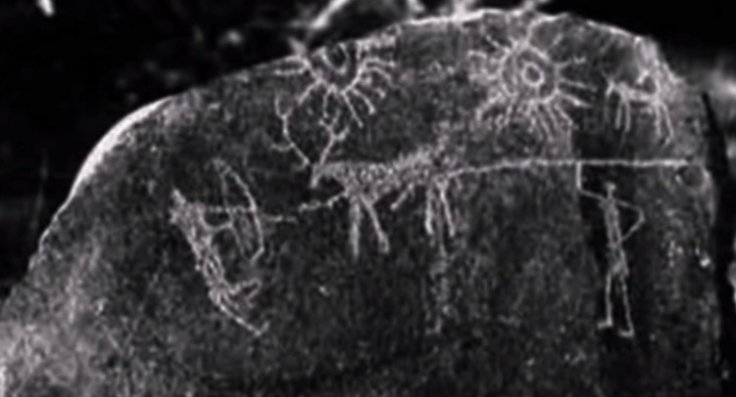
An ancient cave drawing apparently unearthed in 1969 is now the hottest point of debate among astrologists and historians. The drawing enigmatically represents two large luminous bodies in the sky, possibly twin suns or twin moons.
Now, a new study conducted by Mayank Vahia, an astrophysicist at the Tata Institute for Fundamental Research in Mumbai has suggested a new supernova theory to explain this eerie drawing. According to the research, the mysterious drawing could be representing a bright supernova that illuminated the sky during 4500 BC.
Mayank has made this conclusion after analyzing astronomical records with radiocarbon dating of various objects found in Burzahom, the archeological site from which these drawings were unearthed.
During the study, Mayank Vahia noted that the two objects depicted in the drawing have the same brightness and they even appear side by side. This similarity in brightness made Mayank discard the theory that these objects may be the sun and the moon. Mayank strongly believes that one of the objects depicted in the drawing may be the moon, while the other one may be a supernova that poses a threat to the moon's brightness.
As the study report was released, conspiracy theory channel 'UFOmania' uploaded a video describing the findings of Mayank Vahia. The video soon captured the attention of space buffs, and many of them have come up with various theories explaining the mysterious drawing.
"The Thunderbolts Project talks about the possibility that the planets in our solar system may not have always been in the same place, evidence shows some have been dislodged, and that Venus was once very large and bright in our sky," commented Katherine Venes, a YouTube user.
Another YouTube user named Douglas Rasmussen commented that the strange object in the sky could be Nibiru, the rogue planet which is allegedly lurking on the edge of our solar system.
Some other viewers strongly argue that these luminous objects are actually alien UFOs from outer space.









